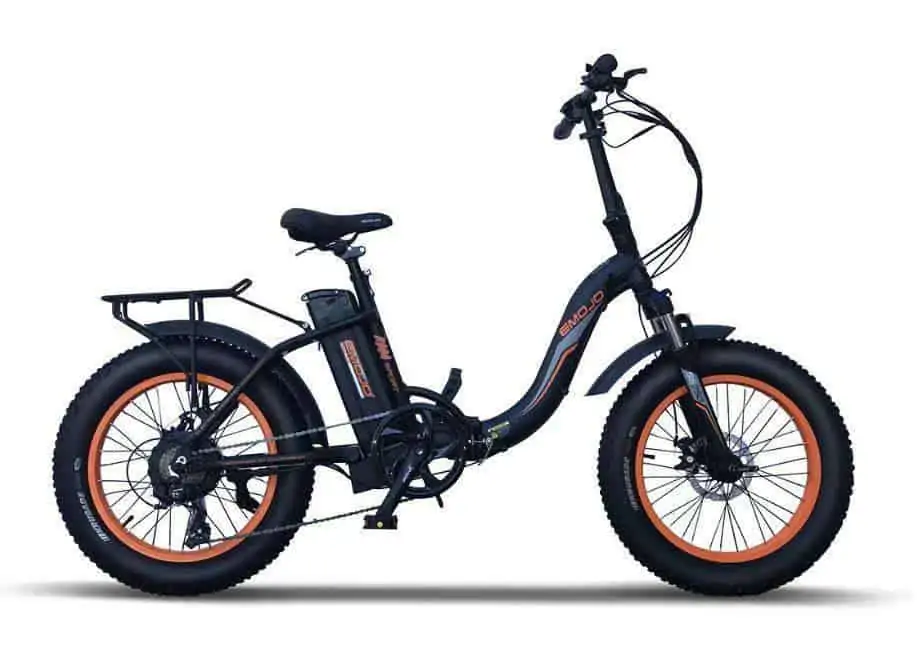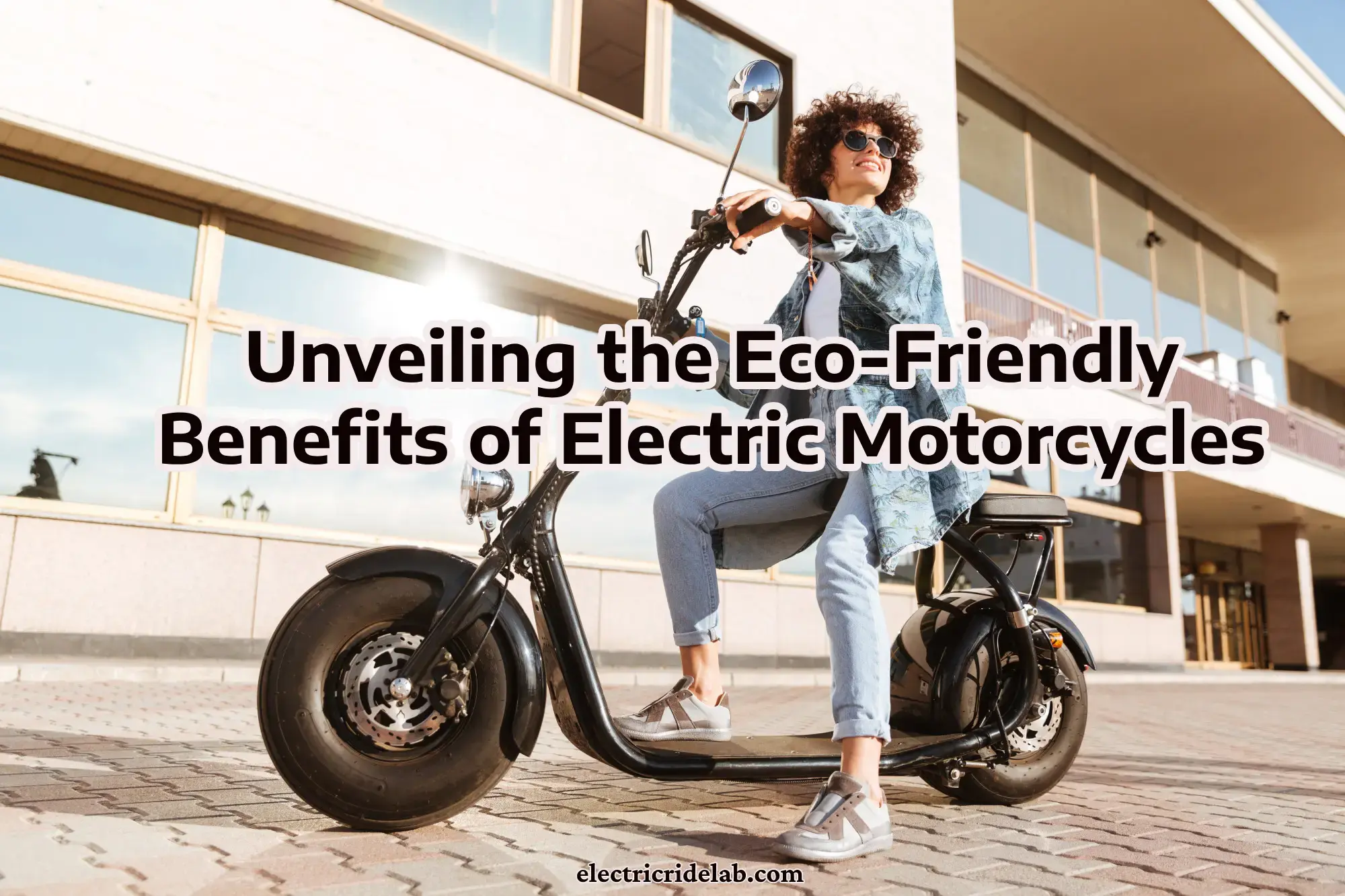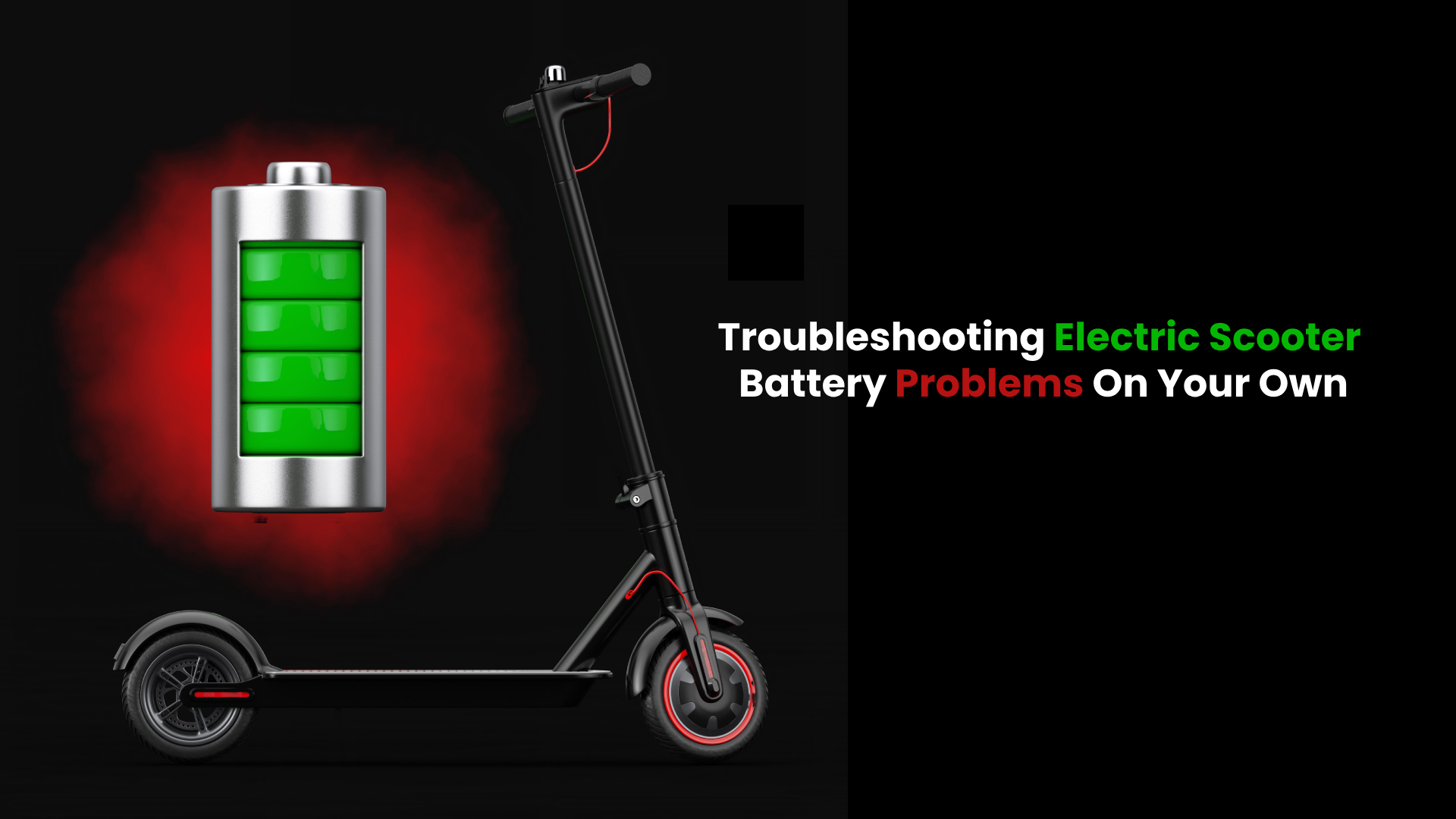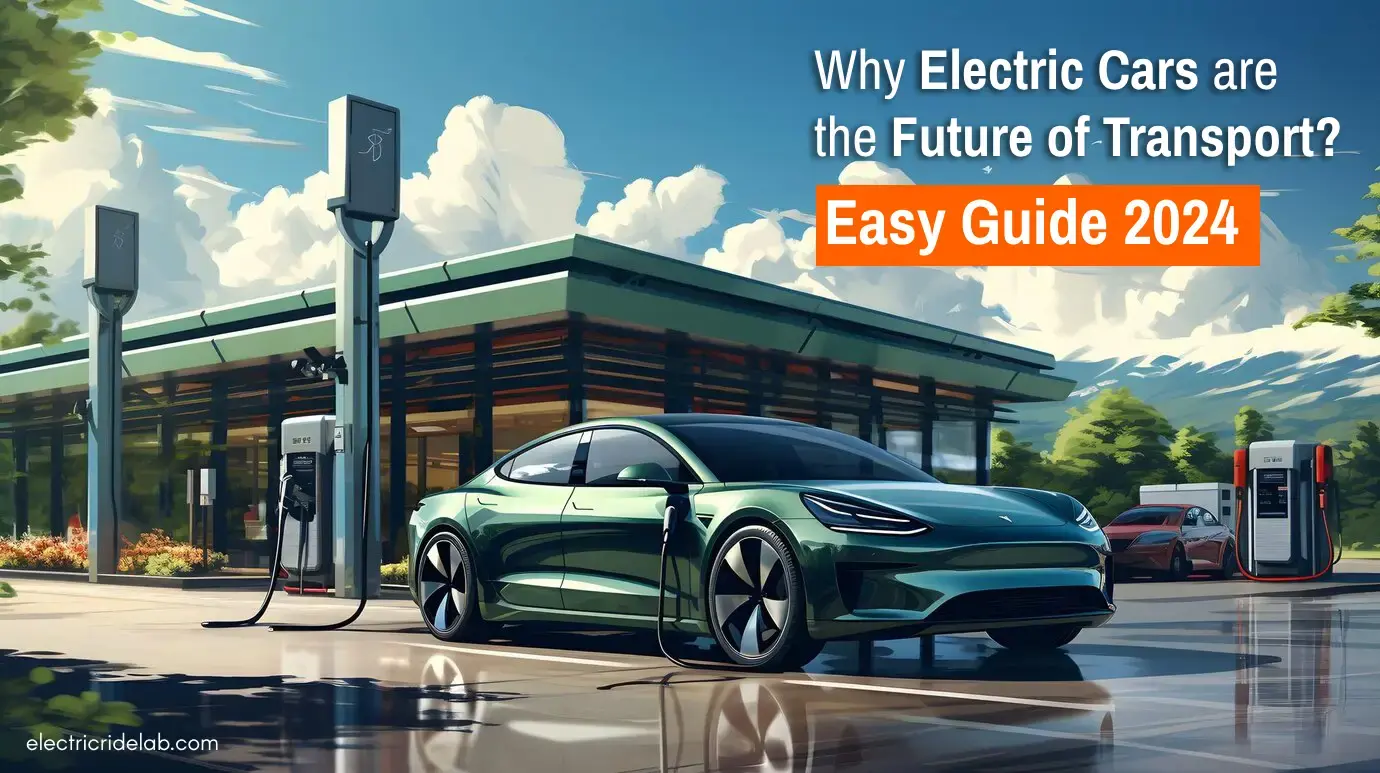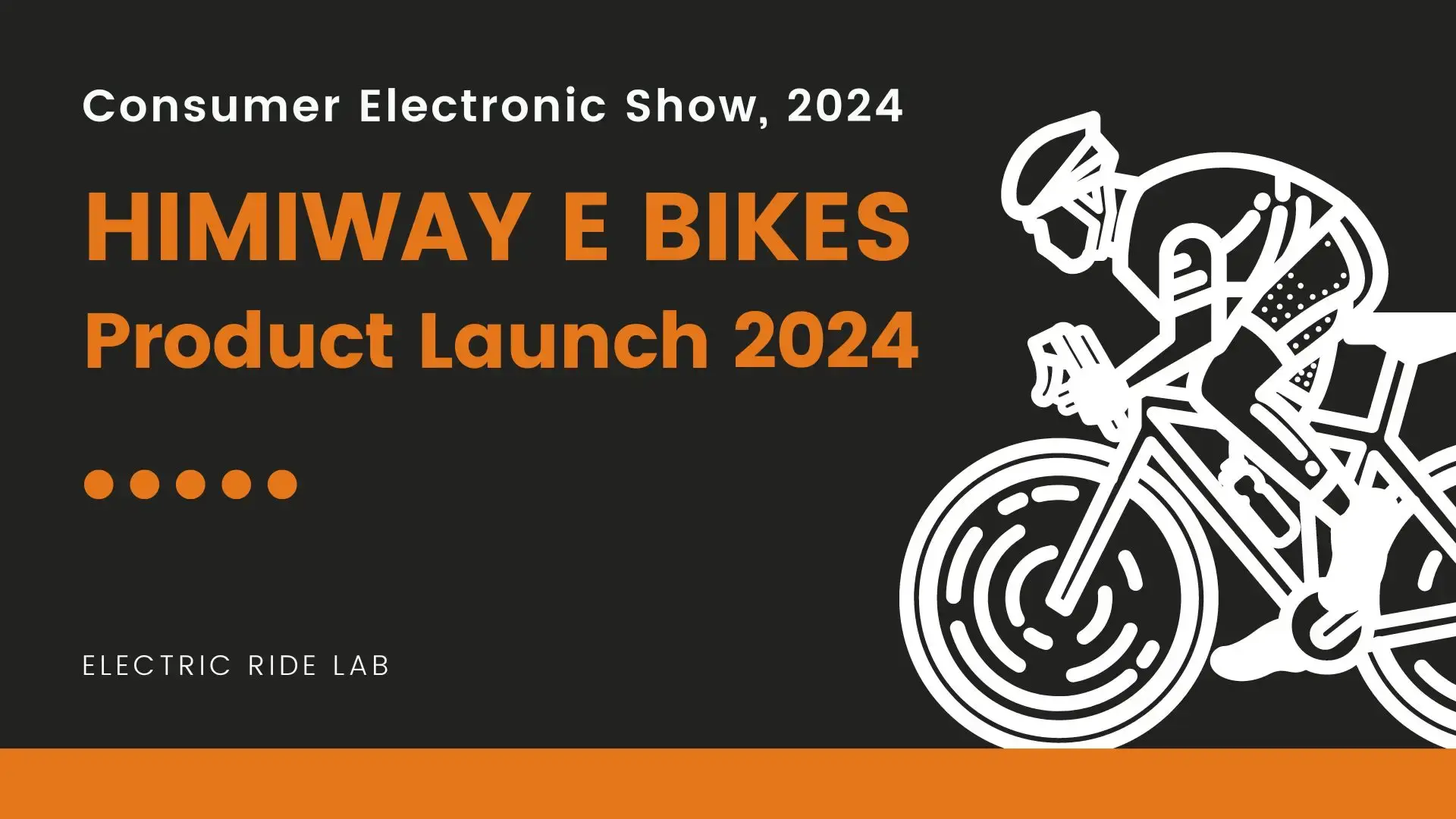If you’re caught in a dilemma between selecting a pedal-assist electric bike and one with a throttle, this post will shed light on what is pedal assist in ebikes (AKA: pedelecs) and how they work and if they suit your riding style.
What is pedal assist and what does it mean in an e-bike
Electric bikes, unlike conventional bikes, are equipped with battery-powered motors that assist propulsion. A pedal-assist electric bike, as the name suggests, requires a rider to pedal in order for the electric motor to propel the bike.
So, unlike throttle-assist systems that provide power on-demand, pedal-assist systems will only engage the bike’s motors when the rider pedals.
Electric bicycles are beginning to gain popularity among bike enthusiasts and people who were once hesitant to ride anything on two wheels. According to Statista, the e-bike industry is expected to have sold more than 100 million units by 2023.
This sudden growth in demand for electric bikes has also fostered an equally growing need for users — and potential users — to inform themselves on how these battery-powered bicycles work.
How does a pedal assist sensor work
A pedal-assist sensor measures rider activity. This information is then transferred to the e-bike’s controller which delivers power from the battery to the motor which in turn spins the bike’s wheel(s) at a faster rate, boosting the rider’s effort.
There are two types of pedal-assist sensors; torque and cadence.
Torque sensors
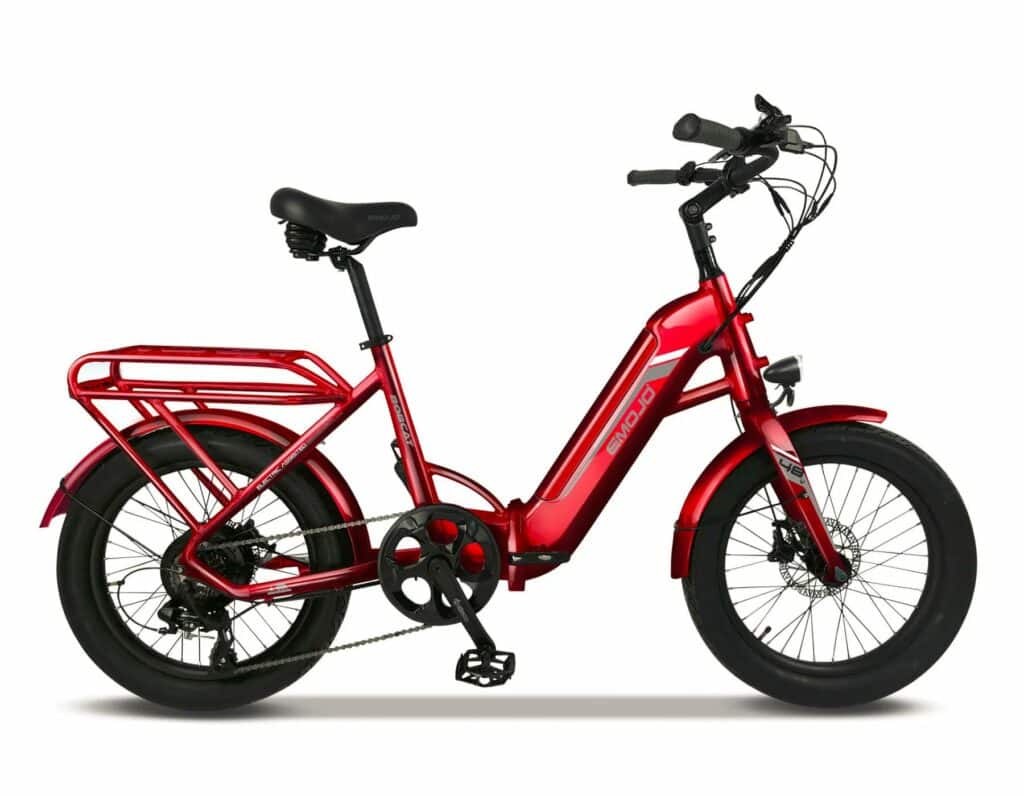
A torque-sensing PAS (pedal assist system) measures the amount of force or pressure that a rider applies to the bike’s crank. These signals are sent to the bike’s controller which then draws adequate power from the battery to the motor to amplify the rider’s effort.
Cadence sensors
A cadence sensor detects if a rider is pedaling and provides assistance to the rider based on pedaling speed. For instance, you get on a bike and start pedaling, only then will the motor provide electric power to assist your input.
The moment you stop pedaling and the sensor is unable to read crank activity, the controller cuts power to the motor.
For a more in-depth explanation of how pedal-assist systems (PAS) work, check out our article on the differences between torque and cadence sensors.
What is the difference between pedal-assist and throttle
An electric bike with a throttle does not require consistent input from the rider to propel the bike. Holding down the throttle — usually located on the handlebar — will power the bike to climb steep hills and reach top speeds.
As you already know, pedal-assist will only deliver assistance when the rider pedals. This is the major difference – one requires effort while the other doesn’t.
Can I convert a pedal assist to a throttle
This depends on a lot of factors – motor type, connections, etc.. If you’re lucky and your e-bike’s controller has input for throttle, half of the problem is solved (the other half is connecting the wires, I’d advise you get a professional to do this though).
However, If your controller doesn’t, you will need to purchase an aftermarket controller that has wires you can connect to the throttle. I will warn you though, this is easier said than done.
Does pedal-assist save battery
Modern pedal-assist e-bikes come with control systems where the rider can select the level of pedal assistance. A more conservative level where the rider pedals more — or harder in the case of torque-sensing pedal-assist systems — will conserve more battery.
However, selecting the highest level of pedal assistance from the motor will drain the battery almost as quickly as a throttle. Also, a pedal-assist e-bike with torque sensors will most likely save more power than one that measures cadence to deliver power.
This is because a torque sensor will measure force and send signals to the motor to provide power accordingly – kind of like a cause and effect phenomenon. Whereas a cadence sensor will detect if you’re pedaling and provide assistance to the predetermined limit of the pedal-assist level you selected.
What is the speed limit for a pedal-assist bike?
This depends on the class of electric bike your pedelec is grouped under. Electric bikes are categorized into three main classes based on speed and other functionalities.
This 3-class system, created to ensure rider & pedestrian safety, lays down rules on how electric bikes should be ridden in public spaces (speed, weight, etc.). Most e-bike manufacturers already have these limits programmed into the bike’s system.
So, when you’re pedaling and you reach the speed limit, the controller cuts power to the motor leaving the bike to coast. Below are the three classes of electric bikes and their speed limits (for detailed information, check out our article on the three classes of electric bikes)
Class 1 electric bikes
Electric bicycles in this category are powered by pedal-assist systems and have a speed limit of 20mph (32kph)
Class 2 electric bikes
These are pedal-assist and throttle-assist e-bikes restricted to a maximum speed of 20mph.
Class 3 e-bikes
A Class 3 electric bike is a pedelec with a top speed of 28mph (45kph)
Are pedal assist bikes worth it?
Pedal-assist-only bikes are not for everyone, so they definitely won’t be worth it to every kind of rider. If you’re someone who likes to get a workout from your cycling sessions but doesn’t mind a little boost, then a pedal-assist electric bike might be worth your time and money.
Same thing for older riders who love to cycle but find it hard to pedal hard and travel up steep hills due to their tender knees.
However, for someone who has to commute to work, or someone who has to travel and deliver items to different locations, a throttle-assist e-bike will save you the stress of having to pedal several miles and arriving at your desired location sweaty and exhausted.
So, it pretty much depends on what you plan to use your electric bike for. And if you’re looking for an even more-versatile solution, there are electric bikes that offer all three modes – conventional, pedal-assist, and throttle-powered.
The Juiced Ripcurrent S Step-through is an example of a bike that lets users ride the bike in regular mode (i.e without any electric power), in default mode (pedal-assist), and power-on-demand mode (using the throttle located on the handlebar).

